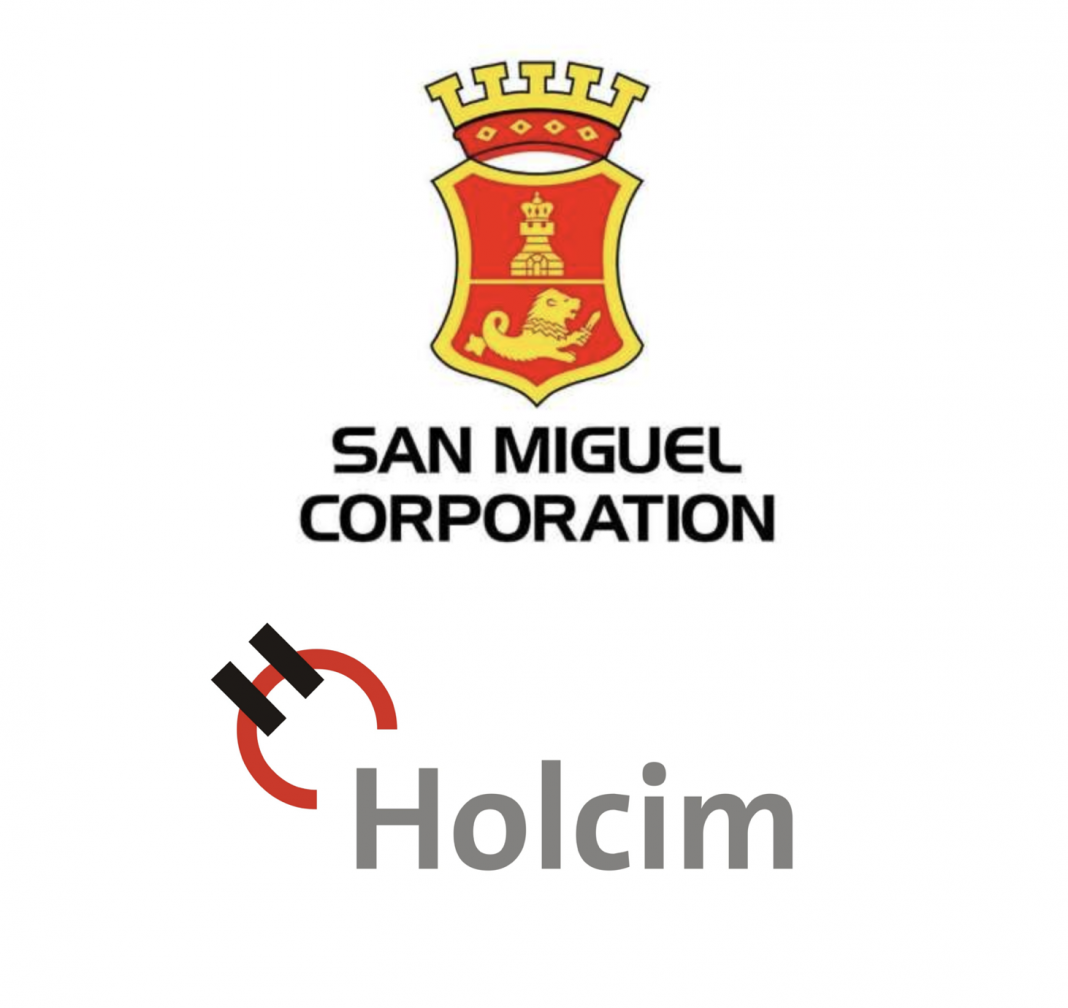The recent acquisition of assets of Holcim Philippines by the SMC group is viewed positively by the Department of Trade and Industry (DTI).
Holcim recently divested all of its Southeast Asia assets (in Malaysia, Singapore, Indonesia, and the Philippines) which is part of Holcim’s Strategy 2022 – “Building for Growth” in order to “deleverage and strengthen its balance sheet,” after the global cement company cited Southeast Asia as a hyper-competitive region.
When asked for comments on the transaction, DTI Secretary and Board of Investments (BOI) Chairman Ramon Lopez said that “such development is good for the industry since the exit of Holcim did not lead to a closure of a cement plant, but rather a continuation of operation by another company. This is important as we do not want a reduction in the domestic capacity of any industry. Especially for a critical industry such as cement, we even want greater domestic capacities so that we can grow the supply together with the robust growth in demand brought about mainly by our fast growing economy and the government’s aggressive program on infrastructure development called Build Build Build. It is important to have more capacities so we lessen our import dependence and dollar outflows. We even create the jobs locally if we produce in the country. But please note that we are not preventing imports so that we always have abundant supply in the market to ensure there’s competition and tempered pricing in the market”.
Lopez added that “it is also good that the buyer is an existing player, which is known in the industry as a price player or one whose brands have relatively lower price points. This is probably because of modern and newer facilities that result in better yields and lower cost operations. The purchase of Holcim’s production assets can provide a further push for lower cement prices as there usually are synergies generated in acquisitions. We can therefore expect more competitive pricing in the industry. “
Having a Filipino company acquiring the assets of a multinational can be seen also as strategic and something to be proud of since it is like a reverse acquisition, i.e., a Filipino company buying a foreign firm, according to Sec Lopez. “It demonstrates to the international business community that our own domestic investors are themselves deeply confident of the trajectory and sustainability of our economic growth”
Under the PRRD government and in the context of its strong push for infrastructure development, DTI identified Cement Production as a priority area for industrial promotion. This involved a comprehensive approach that included: a) listing investments in modern, integrated cement plants as part of the current 2017-2019 Investment Priorities Plan (IPP), b) levelling the playing field between locally-produced and imported cement in terms of regulatory processes to ensure compliance with Philippine standards, and more recently, c) imposition of temporary safeguard duty on cement imports.
Early this year, DTI imposed a temporary safeguard measure amounting to Php210/MT or Php8.40/bag on imported cement—equivalent to a duty of about 4%. According to Undersecretary Ceferino Rodolfo, BOI Managing Head, the measure is in response to a surge in cement imports by non-manufacturers, from only about 3,500 metric tons (MT) in 2013 to reach over 3 Million MT in 2017. The Tariff Commission is currently conducting public hearings for the final determination of the safeguard measure.
In addition to its contributions to economic value added, to employment, and to the further processing of minerals (e.g. limestone), Rodolfo explained that “a strong domestic cement industry will ensure that our Build, Build, Build will not be dependent on the cyclical nature of the global market for cement.”
Moreover, Lopez emphasized that a strong local industry is important to manage our trade deficit as cement imports had been one of the primary contributors to the worsening of the deficit. “The only sustainable way to address the trade deficit, given the high growth of our economy, is to industrialize—deepen our value chains and broaden our product range, particularly those products for which we are currently importing to meet strong domestic demand. We have to choose how to meet the demand: import or build capacity to produce.”
Prior to the 2017 listing of cement in the IPP, most cement plants in the country employed relatively older technologies as these plants were built even before the 1997 Asian Financial Crisis. Under the current IPP however, the BOI had already registered a total of 11 cement projects. Once operational, these projects will collectively make the Philippines’ cement industry one of the most modern and most competitive in the region.
According to Lopez, the cement industry illustrates the Administration’s approach to industry development: comprehensive yet prudent, transparent, and performance-based. “We provide time-bound incentives and temporary safeguard duty to direct investments to priority strategic sectors and accelerate their development. These focused and sector-specific tools become very effective in the context of an overall environment where there is level playing-field and where it is easy to do business.”
On a last note, “one very important element of this industrialization strategy,” emphasized Lopez, “is market contestability.” The Secretary dutifully explained that “while we support domestic industries, we make sure that the market remains open to imports. This way, we ensure that domestic enterprises continue to pursue the path of competitiveness. And this way, we move out of the dichotomy of having to choose between consumers or producers; or of having to balance their interests. Instead, we simultaneously support the development of industries and ensure the continuous access of consumers to quality, competitively-priced products.”














